Eye rubbing is a very common behaviour that feels good for a short while but can sometimes have long-lasting and disastrous effects. The effects of acute and chronic eye rubbing can be challenging to treat. Below are a few consequences of rubbing the eyes.
1. Conjunctivitis:
People frequently have allergies, which cause itching in their eyes. The conjunctiva may become inflamed from constant rubbing, resulting in redness, watering, and discharge.
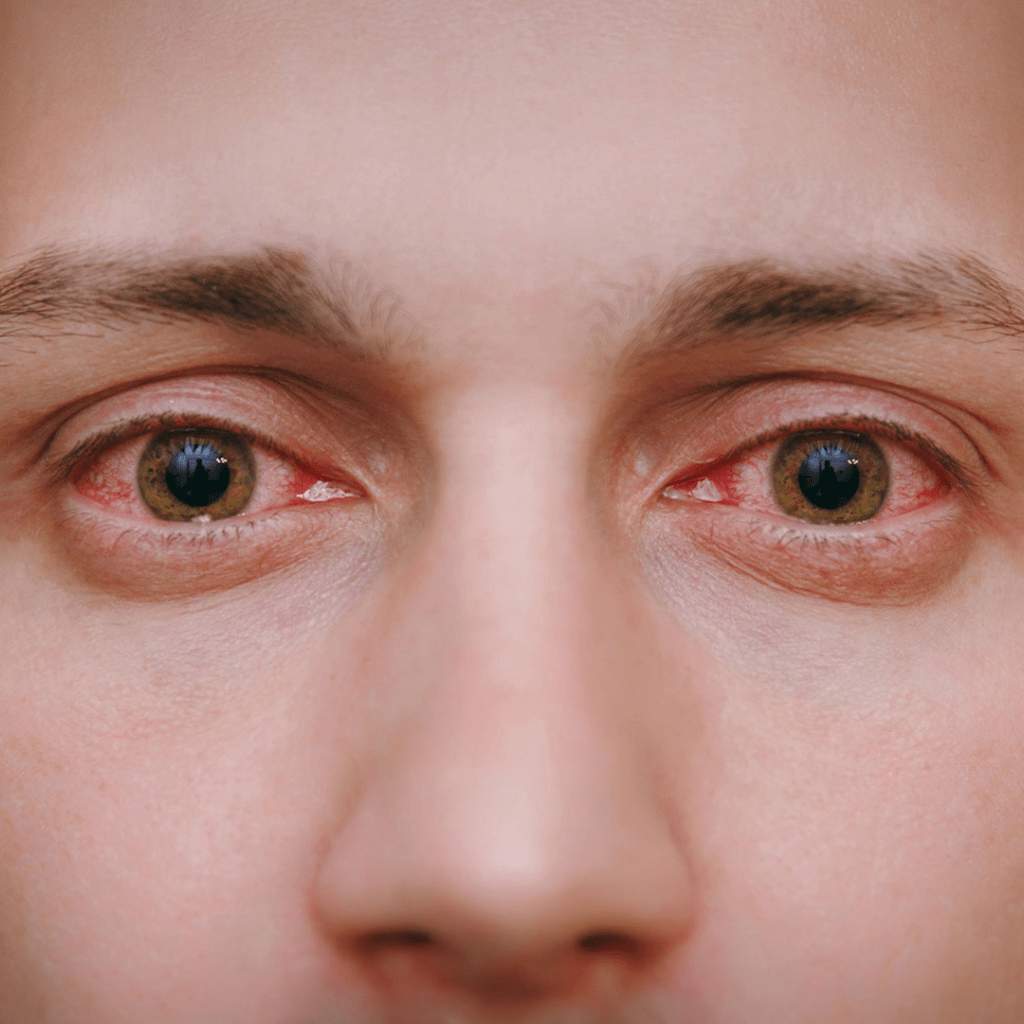
As opposed to allergic conjunctivitis, bacterial and viral conjunctivitis are contagious; these conditions are transmitted via direct contact between the eyes and contaminated hands.
CDC recommends these prevention tips to stop the spread of conjunctivitis:
- Wash your hands frequently for at least 20 seconds with soap and water. When applying eye drops or ointment to the infected eye, before and after cleaning, or after touching someone who has pink eye or the items they use, wash your hands thoroughly. Use an alcohol-based hand sanitizer with at least 60% alcohol if soap and water are not available.
- Avoid using unwashed hands to touch or rub your eyes. This could make the situation worse or spread to your other eye.
- Use different eye products on your infected and healthy eyes.
- Refrain from using contact lenses until your eye doctor gives the all-clear.
- Never exchange private items. Pillows, washcloths, towels, eye drops, makeup, makeup brushes, contact lenses and storage cases, and eyeglasses are examples of personal items.
- It is not advisable to use swimming pools if one has a pink eye.
2. Corneal abrasions
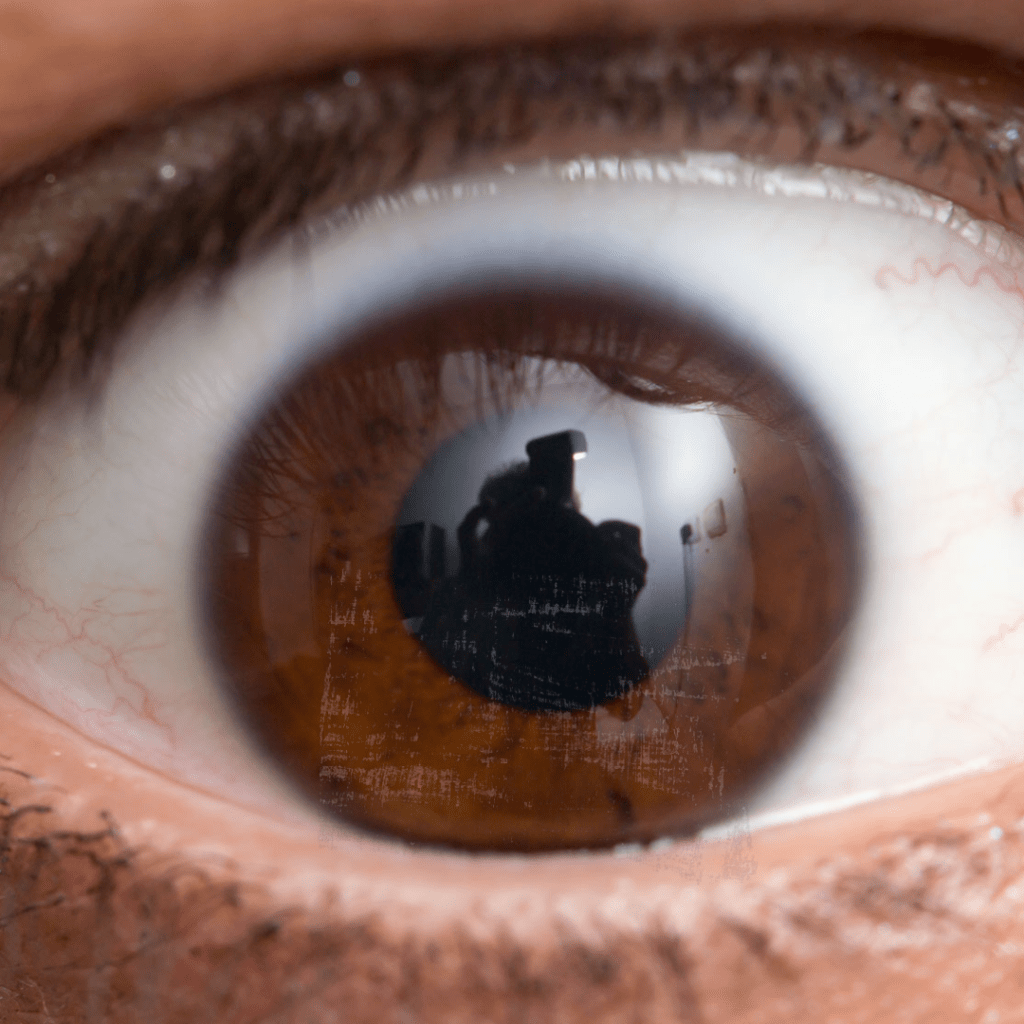
Often, corneal abrasion happens when one rubs his/her eyes after a foreign object enters the eye. Contact lens trauma from rubbing the eye is another potential cause.
Corneal abrasion damages the epithelium, the cornea’s outermost layer. It requires careful treatment with lubricating eye drops and antibiotic eye drops. It’s important to take precautions to prevent getting dust and water in the eyes.
The eye should never be rubbed or touched in any way. If not properly treated, it can result in corneal infection and ulcers, which are harder to treat. Additionally, it may result in vision loss.
3. Increase in IOP:
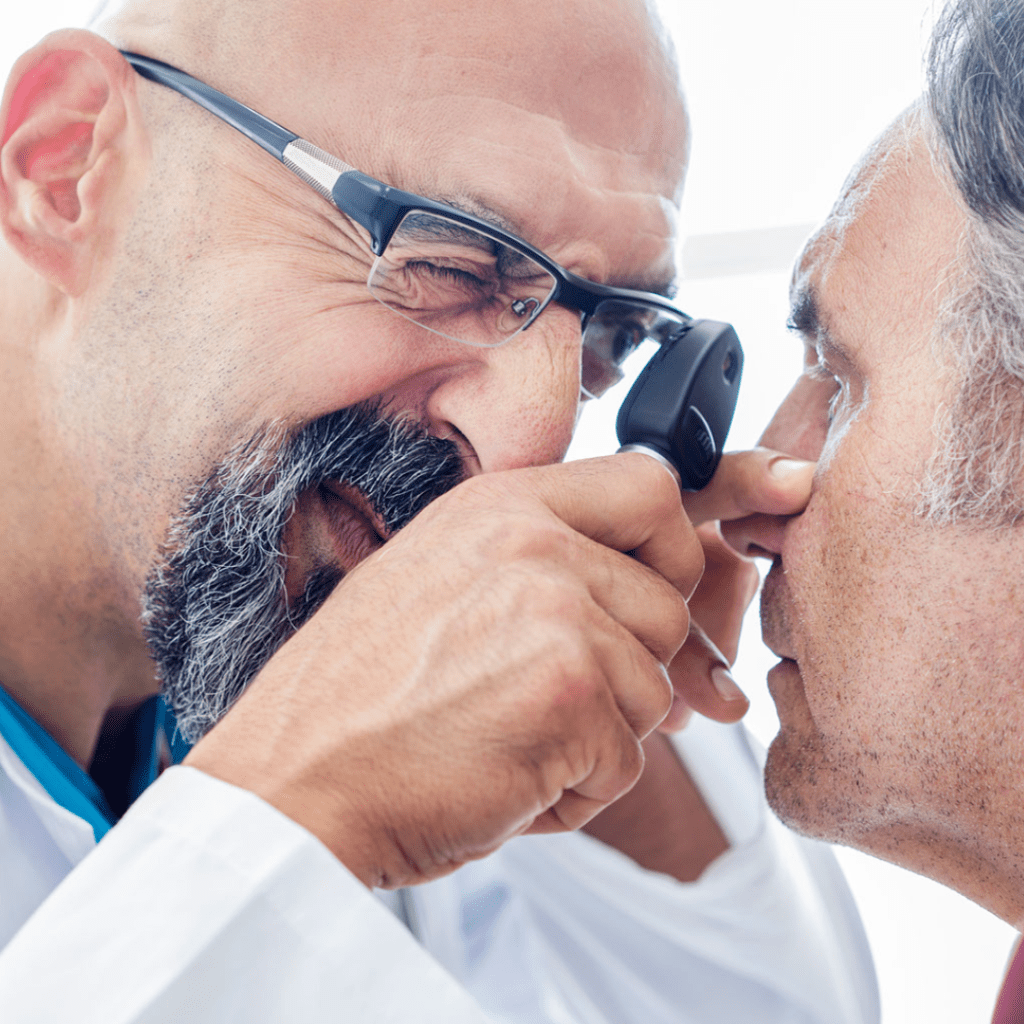
According to a study, severe eye rubbing can cause a significant rise in IOP. This is especially important for people who are at risk of or have glaucomatous changes. A strict control of IOP is necessary to prevent the progression of glaucoma in these patients..
The study claims that even brief IOP elevations may in some patients result in glaucomatous changes and optic nerve damage.
They discovered that rubbing of eyes can elevate IOP suddenly by up to 310 mmHg. Interestingly they found that, rubbing with the back of the wrist rather than a finger or knuckle caused the highest IOP elevations.
Theoretically, rubbing the eyes could cause IOP-mediated mechanical damage to ocular structures leading to conditions like keratoconus and glaucoma.
4. Keratoconus:

Several corneal ectatic conditions, including keratoconus, keratoglobus, corneal astigmatism, and pellucid marginal degeneration, have been linked to eye rubbing.
People with such ectatic conditions already have weak corneas, and rubbing their eyes only makes it worse.
As an example, researchers found that rubbing the eye for 10 seconds, repeated 30 times over 30 minutes, significantly reduced the density of corneal cells (keratocytes) in people with keratoconus.
Additionally, keratoconus can develop as a result of significant fluctuations in intraocular pressure (IOP) brought on by eye rubbing.
These significant fluctuations in IOP result in indirect traumatization of keratocytes, which in turn causes keratoconus.
5. Acute corneal hydrops
It is a rare complication of corneal ectatic diseases like keratoconus. It involves corneal edoema with sudden onset caused by the rupture of the Descemet membrane (DM), which is the posterior layer of the cornea (DM). This may result in eye pain and blurred vision.
Patients with keratoconus may develop hydrops as a result of mechanical stress from rubbing. Numerous studies revealed a connection between vigorous eye rubbing and the emergence of acute hydrops.
A 0.5 diopter increase in astigmatism was found to be induced after 60 seconds of eye rubbing. Eye rubbing increases the irregularity index of the corneal surface.
6. DARK CIRCLES
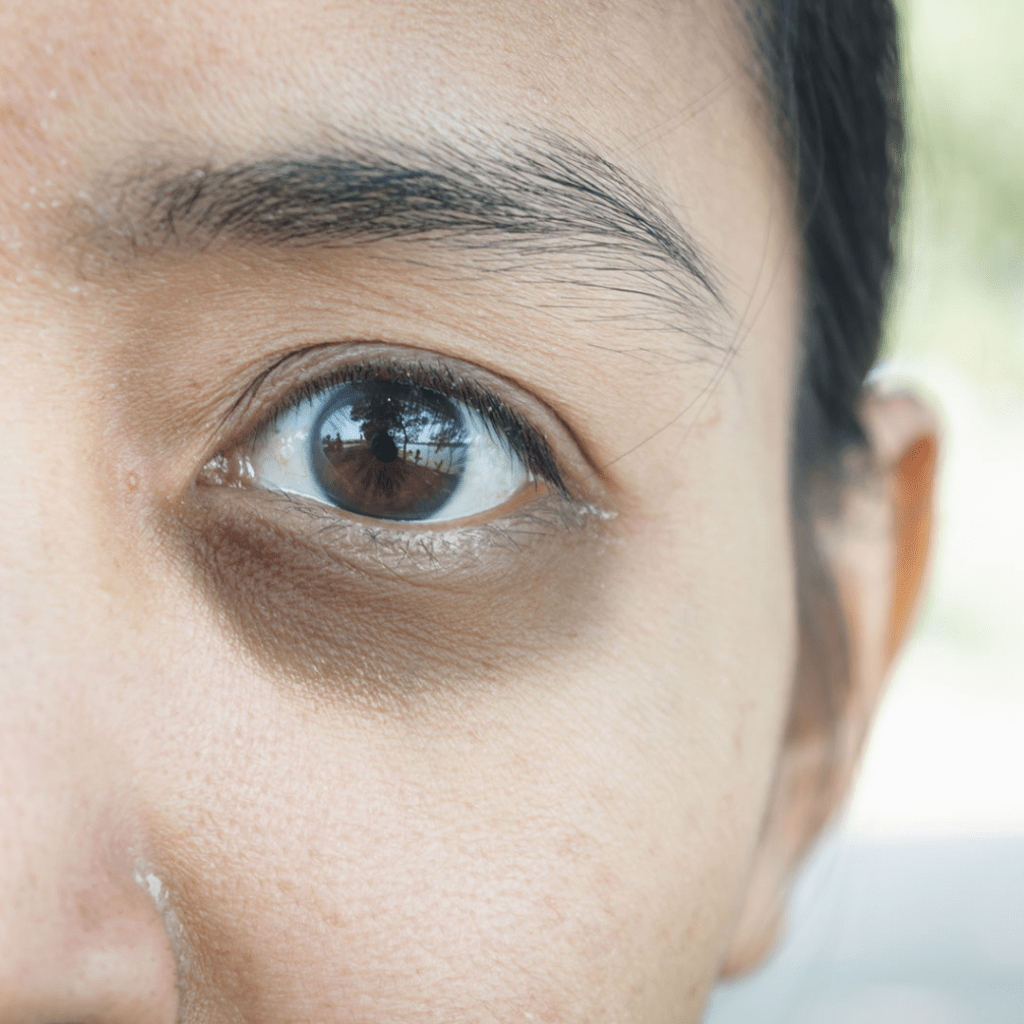
A study states that rubbing and scratching the skin around the eyes as well as fluid buildup brought on by allergic conditions like atopic dermatitis and allergic contact dermatitis can all contribute to periorbital hyperpigmentation, or dark circles. Blood vessels in the eyelids break when they are rubbed, causing blood to leak out. Blood collects beneath the skin as a result, resulting in dark circles.
7. BLOODSHOT EYE
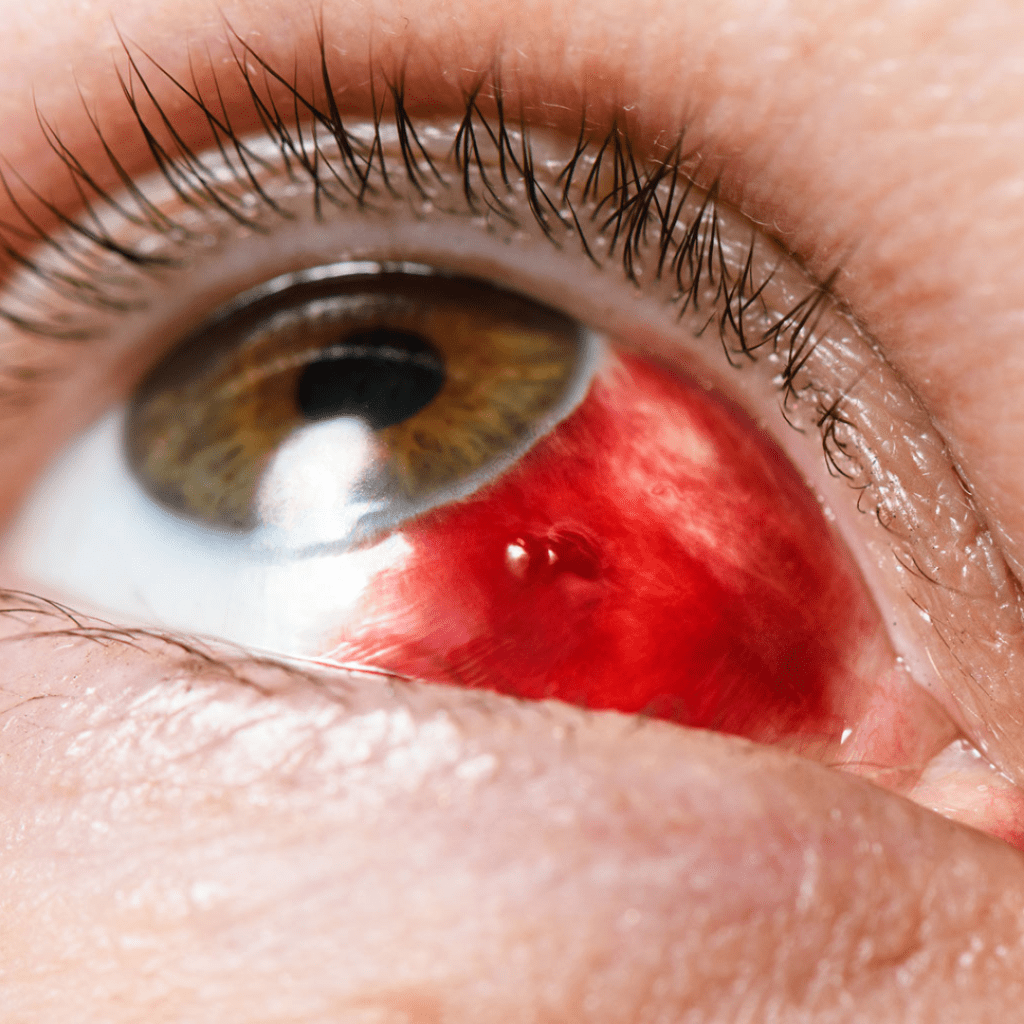
Conjunctiva refers to the loose, transparent membrane covering the white part of the eye. Under the conjunctiva, there are tiny blood vessels that can be seen with the naked eye. When eyes are rubbed too vigorously, these blood vessels are vulnerable to rupture. Consequently, blood collects beneath the conjunctiva, giving the appearance of bloodshot eyes. As dangerous as it may seem, this is typically not causing for concern and resolves itself in a matter of weeks.
QUICK SUMMARY
It is important to realise that rubbing the eyes can harm the eyes and vision permanently, so it is best to avoid doing it. Consult your eye doctor if you experience itching, and they will likely recommend lubricating eye drops and anti-allergy medications. For momentary relief or before the appointment, one can begin using over-the-counter lubricating eye drops.
